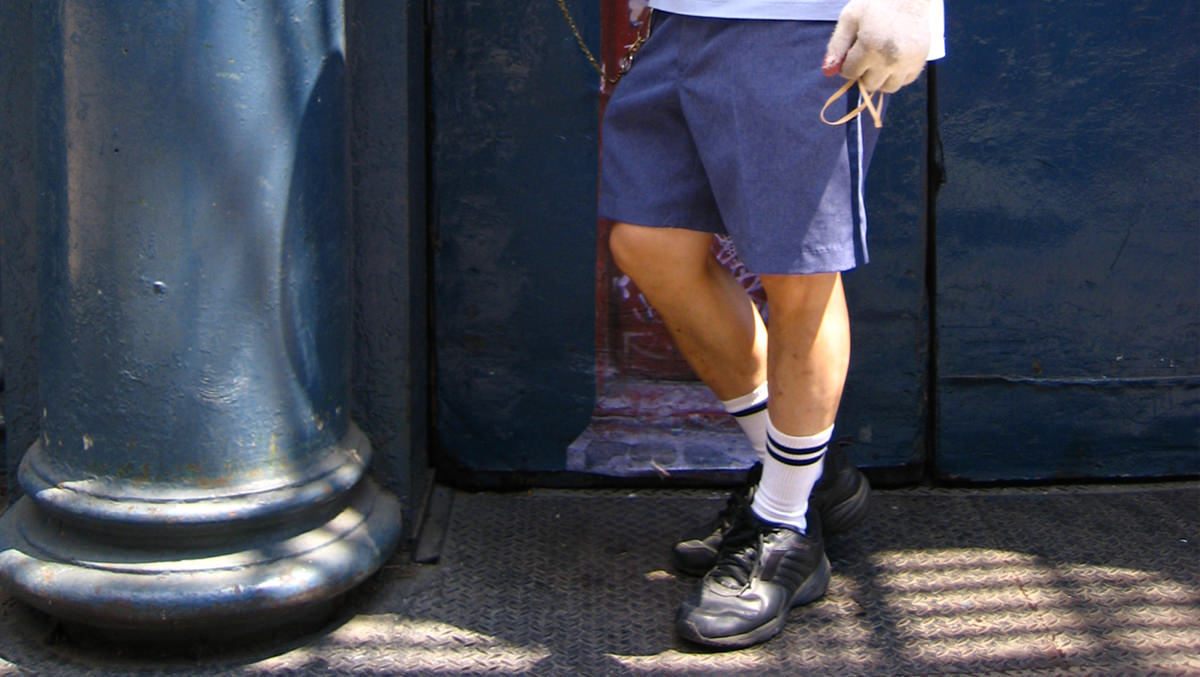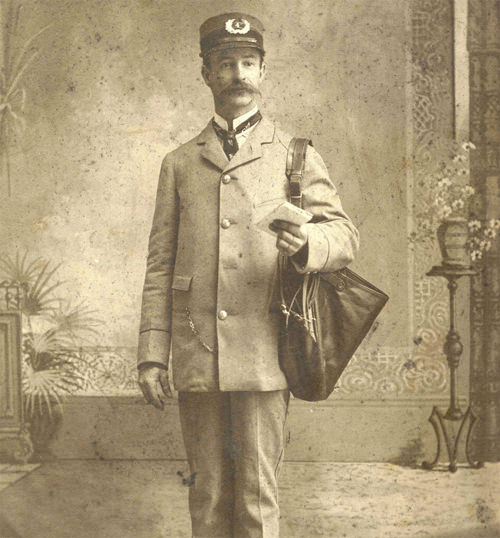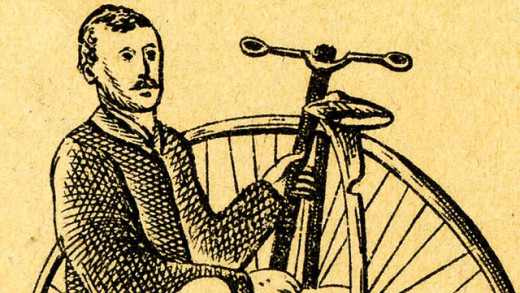The gloriously leggy history of mailmen wearing shorts
The painfully hot early history of mailmen
According to the USPS historian, the first uniform included pants, a vest, a mandatory cap, a coat, and a reversible cape (yes, your mailman used to wear a cape). In 1873, the post office added hot weather wear, but that just meant the pants and coats were gray flannel instead of alpaca. Postal workers could also wear a panama hat to alleviate the heat.
Fortunately for overheated letter carriers, there was a breakthrough in 1901: the postal service allowed carriers to wear a neat shirt instead of their coat and vest (though they still had to wear a tie and, of course, pants). Things got a little more comfortable in 1931 when the USPS added a sweater to the mix. That innovation may have helped along a revelatory change in 1944: short sleeves. But shorts still weren’t in sight.
The pants-resistance movement begins
In 1957, the postal service took one step in the leggy direction by issuing its first guide for female employees. Women were allowed to wear a winter and summer skirt, though the material was heavy for both. Skirts didn’t exactly flash a lot of leg, either—they were supposed to hang a mere 13″ above the ground. For another decade and a half, post office workers strolled the steaming summer streets of Savannah, San Diego, and everywhere in between while wearing pants. Postal workers were desperate for change. In 1958, mailman Lester Newton tried to circumvent the rule by turning “regulation trousers” into cutoff shorts (yes, a mailman wearing shorts was so notable that the AP reported on it).
A bureaucratic change may have helped shorten the hemline. In 1970, the Post Office Department became the USPS, and uniform changes were quick to follow. In addition to cosmetic changes, there was a breakthrough in 1972, when letter carriers were freed from having to wear hats (partly because women were becoming a larger part of the workforce and men were wearing their hair longer).
Free at last, free at last (when it comes to calves)
That all led to the April 1, 1973 decision allowing male carriers to wear knee-length shorts in the summer. Women got the same three months later. Those black socks that postal workers used to wear? They weren’t a style choice—they were mandatory to maintain formality, though in the 1990s the post office introduced new knee-length and crew-length socks as part of a total redesign.
The rest is skin-bearing history. By 1991, the Postal Bulletin had to remind workers that shorts could only go “three inches above mid-knee.” Mailmen began having bragging contests about wearing shorts and trailblazers started the fight for kilts. Meanwhile, a nation eagerly waits for the season in which mailmen can safely wear their shorts again. We’ve fought hard for it—now the weather just has to cooperate.







